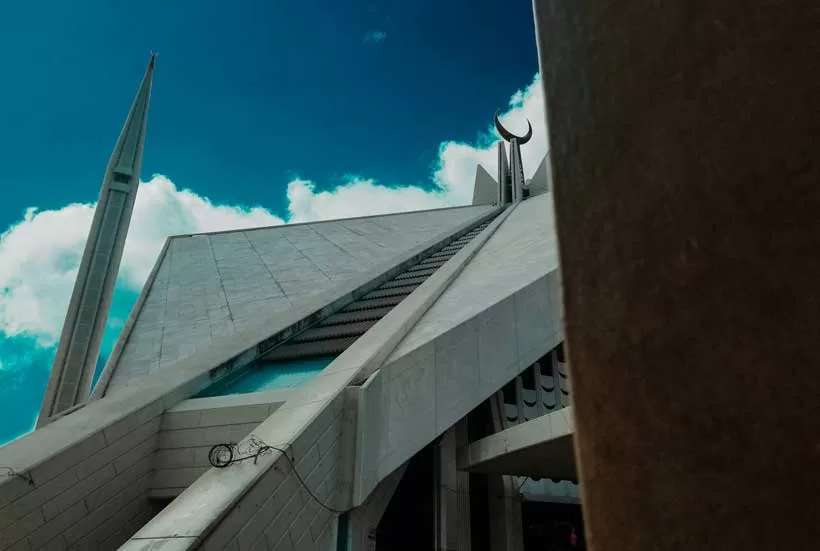We live in an indisputable reality of the world marked by multifarious disparities.These inequalities are a writing on the wall and exist not only between the rich and the poor but also within them. The gap between the wealthier nations and the poorer counterparts has been ever increasing partly due to economic globalization but mainly perpetuated due to the vested interests of those in power. The stark economic inequalities in Pakistan prove to be the classic textbook case for the aforementioned phenomenon of elite capture immortalized by those wielding influence and power.
The issue of inequality in Pakistan is undeniably old and pervasive even to this day. It was back in late 1990’s when Mahboob-ul-Haq brought to light the striking concentration of economic power in the hands of the 22 families, reflecting the nation’s profound wealth disparity, who became notorious for dominating Pakistan’s economy during that era. Despite intermittent efforts to implement policies of land reforms and nationalization, the execution remained lackluster due to the lack of political will and led to a widening chasm between the rich and the poor. Ishrat Hussain, a past governor of the State Bank of Pakistan, has highlighted that the Pakistani state seems to prioritize servicing the elite class, rather than fostering inclusive economic growth.
Pakistan has been perennially reluctant to move away from the hierarchical governance approach passed down from its colonial past under the British raj. Instead, the country’s leaders have depended on hierarchical patronage systems to maintain their rule. The military holds a significant control over Pakistan’s political and economic landscape, guarding its own interests. Efforts towards economic liberalization, encouraged by organizations like the IMF and World Bank, have also fallen short in generating growth that significantly benefits the poorer segments of society.
Economic disparities in Pakistan manifest themselves through imbalances across regions, unequal distribution of resources, and large income gaps witnessed within the same region. Several years back, the UNDP in Pakistan drafted a National Human Development Report (NDHR) highlighting that in 2019, the wealthiest 20% of the Pakistanis controlled half of the country’s income. In stark contrast, the bottom 20% accounted for a mere 7% of the national income.
Despite these glaring disparities, the NHDR revealed that more than 37% of public expenditure favors the wealthiest individuals in the nation, whereas less than 15% reaches those in the lowest income category. The second and third-highest recipients of government aid are the top 1% rich elite, who collectively possess 9% of the country’s total income. While their sway has lessened over time, feudal families, making up just over 1% of the population, control around 22% of all arable farmland. In contrast, most impoverished rural households do not possess land and must subsist as either sharecroppers, seasonal, or daily waged agricultural laborers.
The wealth accumulation and rent seeking mechanism in Pakistan can be traced to the systemic distortions created by Crony capitalism prevalent in Pakistan. Wealth accrual by the powerful elite is facilitated through various manipulations, including generous tax breaks, debt forgiveness, preferential property sales at reduced rates, and dubious commercial practices involving both under- and overstating the value of goods in international trade.
This network of favoritism extends benefits to the business magnates, their kin, their bureaucratic connections, and their political associates, all of whom acquire substantial wealth in the process. The consequence of these practices is a drag on the economy, resulting in inflated consumer prices, diminished international competitiveness, and suppression of legitimate competition, which cumulatively leads to abysmal and ineffective economic performance and eventually to a moribund economy.
As a consequence of the inequitable economic structure and the stranglehold of the elites on the public exchequer, the state is left incapacitated to prioritize and invest in the well-being of its ordinary citizenry. The plight of the Pakistani middle class is worsening as their struggles to make the ends meet exacerbates given the ever-growing pressure of inflation. Our economic policies have not been successful in creating employment opportunities for the large youth bulge present in the country, to offer them a chance to secure social mobility. The picture is further grim due to the persistent presence of stark gender inequalities in all spheres of life. Yet, the state is primarily preoccupied with serving the interests of the rich and powerful, in addition to meeting administrative expenditures of its own bureaucracy, allocating sufficient resources for national security and servicing its ever increasing debts.
In conclusion, it is reasonable to assert that the domination of the Pakistani economy by the elite class has intensified over the past twenty-five years. Much-needed reforms in state institutions, the judiciary, education, taxation, public spending, and financial sector regulation have been neglected, further entrenching this elite capture. The gradual realization of benefits for ordinary citizens will emerge through the revival of socially inclusive economic growth and the creation of job opportunities. To achieve this, cooperation and synergy among the state, markets, and civil society are essential. This collaboration will facilitate a shift away from the current trajectory that predominantly favors the elite minority of society.
